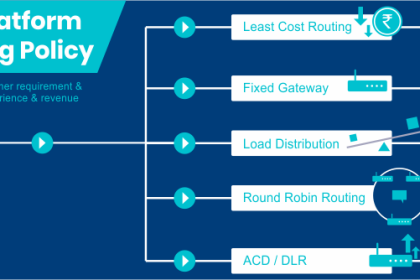In the rapidly evolving world of digital entertainment, Internet Protocol Television (IPTV) services have emerged as a significant disruptor to traditional television models. Offering a blend of on-demand content, live broadcasts, and interactivity, abonne iptv is redefining how viewers consume media. This article delves into the core aspects of IPTV services, their advantages, challenges, and future prospects.
What is IPTV?
IPTV, or Internet Protocol Television, is a method of delivering television content over the internet rather than through traditional terrestrial, satellite, or cable formats. Unlike the one-way broadcasting system of conventional TV, IPTV uses a two-way communication model where viewers can request specific content, pause, rewind, and even record live broadcasts. This flexibility is one of the key factors driving IPTV’s popularity.
How IPTV Works
IPTV works by transmitting television signals over a broadband connection. Content is encoded into small packets of data and sent over the internet to the viewer’s device. This data is then decoded and displayed on the screen, allowing for real-time viewing. The entire process is seamless and happens in milliseconds, ensuring that viewers receive a smooth and uninterrupted experience.
There are three primary types of IPTV services:
- Live Television: Similar to traditional broadcast TV, live television allows viewers to watch content in real-time as it is broadcasted. However, IPTV enhances this experience by enabling features such as pause, rewind, and even time-shifting to view programs at a more convenient time.
- Video on Demand (VoD): VoD services provide users with access to a vast library of content that they can watch at their convenience. Unlike live TV, there are no schedules to follow; viewers simply choose what they want to watch and when.
- Time-Shifted Media: This service allows viewers to watch previously aired content, similar to how one would use a DVR. Programs are usually available for a set period after their initial broadcast.
Advantages of IPTV
The rise of IPTV services is fueled by several compelling advantages over traditional television:
- Customization and Flexibility: IPTV offers a high degree of personalization, allowing viewers to tailor their viewing experience according to their preferences. This includes selecting specific channels, genres, and even creating custom playlists.
- Interactivity: IPTV services often include interactive features such as voting in reality shows, participating in polls, or engaging in social media interactions directly through the TV.
- Cost-Effectiveness: For many users, IPTV can be a more affordable alternative to traditional cable or satellite services. This is particularly true for those who only wish to subscribe to specific channels or content rather than an entire package.
- Accessibility: As IPTV relies on an internet connection, it is accessible anywhere with a broadband service. This means that viewers can watch their favorite shows not just on a television set but also on smartphones, tablets, and computers.
- Content Variety: With IPTV, the content is not limited to what local broadcasters offer. Users have access to international channels and a diverse range of genres, including niche content that might not be available on traditional TV.
Challenges Facing IPTV Services
Despite its advantages, IPTV services face several challenges:
- Bandwidth Requirements: IPTV requires a stable and high-speed internet connection to function optimally. In regions with poor internet infrastructure, IPTV can suffer from buffering issues, lag, or reduced picture quality.
- Content Licensing: One of the significant hurdles for IPTV providers is securing content rights. Licensing agreements can be complex and expensive, particularly for international content, which may limit the variety available to viewers.
- Piracy Concerns: The rise of illegal IPTV services has become a growing concern for the industry. These unauthorized services often offer premium content at a fraction of the cost, but they operate outside the legal frameworks, leading to potential legal issues for users and loss of revenue for legitimate providers.
- Quality of Service (QoS): Unlike traditional broadcast television, which generally offers consistent quality, IPTV’s quality can fluctuate depending on the internet connection. Network congestion, latency, and packet loss can affect the viewing experience.
The Future of IPTV
The future of IPTV looks promising, driven by continuous advancements in technology and changing consumer preferences. As internet speeds continue to increase globally and more households gain access to high-speed broadband, the adoption of IPTV is expected to rise.
Emerging technologies such as 5G could further enhance IPTV services by providing faster, more reliable connections, even in areas where wired broadband is less available. Additionally, the integration of artificial intelligence (AI) and machine learning could lead to more personalized content recommendations, improving user engagement and satisfaction.
Moreover, as IPTV services become more mainstream, we may see a convergence of services, where traditional broadcasters and IPTV providers collaborate to offer hybrid models, combining the best of both worlds. This could include integrating linear television with on-demand services, creating a more comprehensive and seamless viewing experience.
Conclusion
IPTV services represent a significant shift in how we consume television. Offering greater flexibility, interactivity, and a wide array of content, IPTV is poised to become the dominant mode of television distribution in the coming years. However, to fully realize its potential, the industry must address challenges such as content licensing, piracy, and quality of service. As technology continues to evolve, so too will the capabilities and offerings of IPTV, making it an exciting space to watch in the future of digital entertainment.

